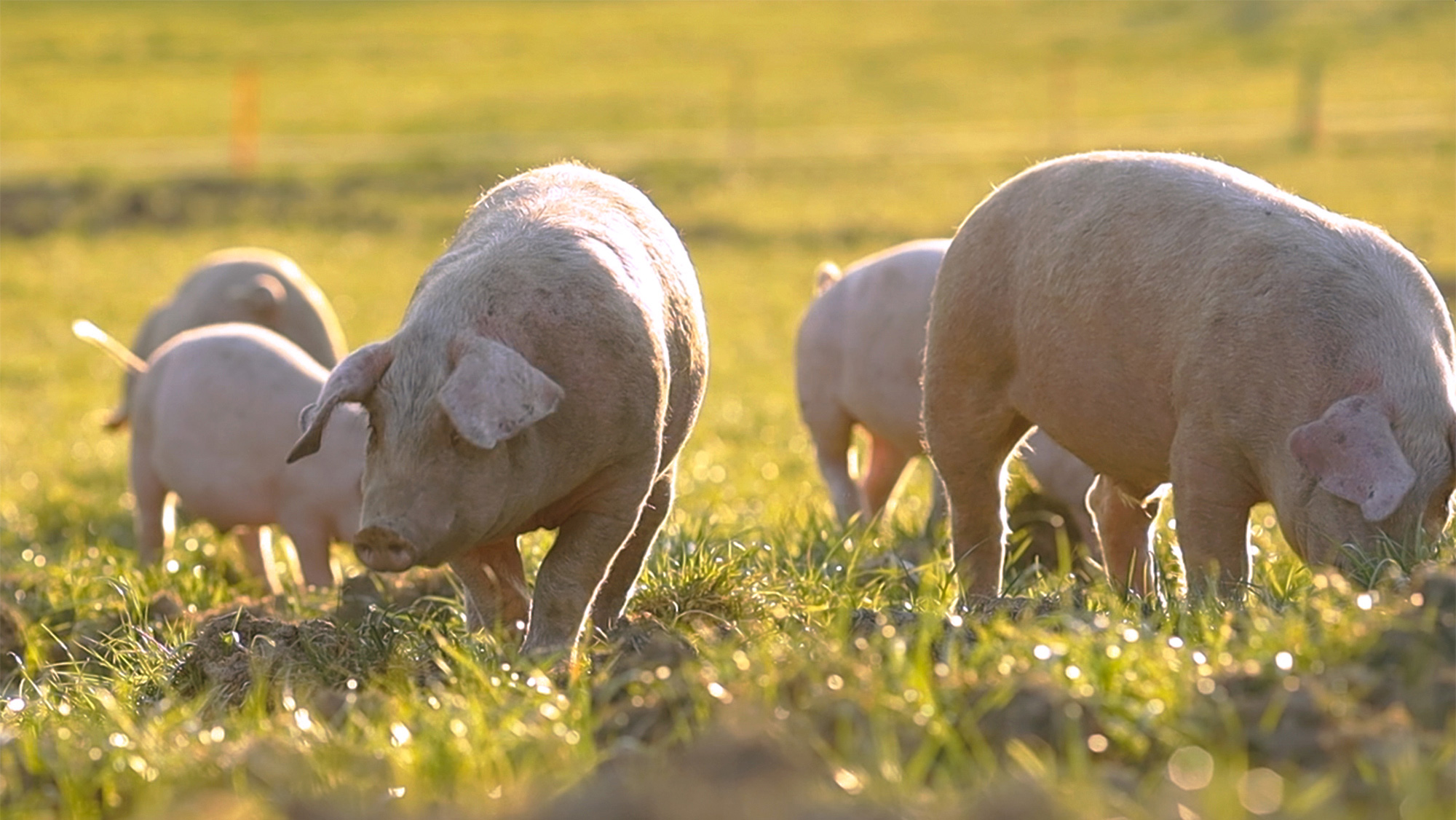
Texas A&M University researchers from the College of Veterinary Medicine & Biomedical Sciences (VMBS) and the Department of Biomedical Engineering are collaborating on a new project that studies how techniques using ultrasound and light — including ultraviolet and infrared — can treat melanomas in pigs.
Recent medical advancements have made it possible to use light to shrink and kill cancer cells in what is called photodynamic therapy, but some types of cancer, like melanomas, don’t respond well to this new treatment.
“In photodynamic therapy, we introduce a chemical that is absorbed by skin cancer cells. The chemical only reacts when exposed to a certain kind of light, which causes new molecules to form that destroy the cancer cells,” said Dr. Vanderlei Bagnato, a professor in the Department of Biomedical Engineering.
“We are able to use photodynamic therapy to eliminate about 95% of lesions for non-melanoma skin cancers. It is very cost-effective and non-invasive,” Bagnato said. “But treating melanomas with light-based therapy is problematic for several reasons. First, the pigment in the cancer cells sometimes interferes with the light. Secondly, melanomas are more prone than other skin cancers to regrow and metastasize — or spread to other parts of the body — if they are not removed completely.”
Developing a more effective way to treat melanoma using photodynamic therapy could open new doors for low-cost, non-invasive treatments in pigs, humans, and other mammals.
“In addition to advancing human medicine, we’re hoping that this project can bring photodynamic therapy to veterinary medicine — not just in pigs but in other species that develop melanomas, too,” said Dr. Jennifer Fridley, a clinical assistant professor in the VMBS’ Department of Large Animal Clinical Sciences and the director of Veterinary Medical Park.
We hope to combine both photodynamic and sonodynamic therapy to eliminate melanomas more completely, without the risk of regrowth and metastasis.
Fighting Cancer With Light And Sound
Photodynamic therapy has recently become the primary treatment for non-melanoma skin cancers because of its low cost and high efficiency.
“There are several ways to introduce the therapy drug to the cancer — recently, we have begun using microneedles,” Bagnato said. “They are actually made of the drug itself, so when they dissolve into the skin, there is nothing left behind. The entire process can be done in under an hour and doesn’t require any surgery.”
One community that stands to benefit from photodynamic therapy are people with diabetes.
“Diabetes is very common in the United States, and it is more common as people get older,” Bagnato said. “People with this condition need to avoid surgery whenever possible because diabetes causes poor vascularization — the flow of blood to your body’s tissues. If you have diabetes and skin cancer, photodynamic therapy offers a much safer treatment than surgery with fewer chances of complications.”
For the new study, Bagnato and his research partners will test a combination of drugs, delivery mechanisms, and types of light to see which combinations are the most effective.
They’ll also be testing another type of wavelength — ultrasound. This sonodynamic therapy is similar to photodynamic therapy except that it uses sound instead of light.
“When we insert certain drugs into the cancer cells, they become little reactors that create tiny explosions when hit by ultrasound waves,” Bagnato said. “We hope to combine both photodynamic and sonodynamic therapy to eliminate melanomas more completely, without the risk of regrowth and metastasis."
“It is my hope that this research can become the foundation for further specialized cancer research for pets and other animals at the VMBS,” he said.
A Legacy Of Ingenuity
For the new study, the researchers will collect skin cell samples from a herd of pigs that once belonged to Dr. Duane Kraemer, a now-retired VMBS senior professor who was instrumental in the creation of CC, the world’s first-ever cloned cat.
“The pigs in this study are a kind that have a tendency to develop melanomas, but aren’t really affected by them,” Fridley said. “In fact, sometimes their melanomas regress on their own, which is one reason why they are important to study.
“When we’re not collecting samples from them, the pigs get to live a pretty spoiled life,” she said. “Dr. Kraemer sometimes comes to visit them, and we even send him and his family pictures so he gets to see what they’re up to. We’re very proud to be continuing in his footsteps as pioneers of new medical and scientific advancements.”